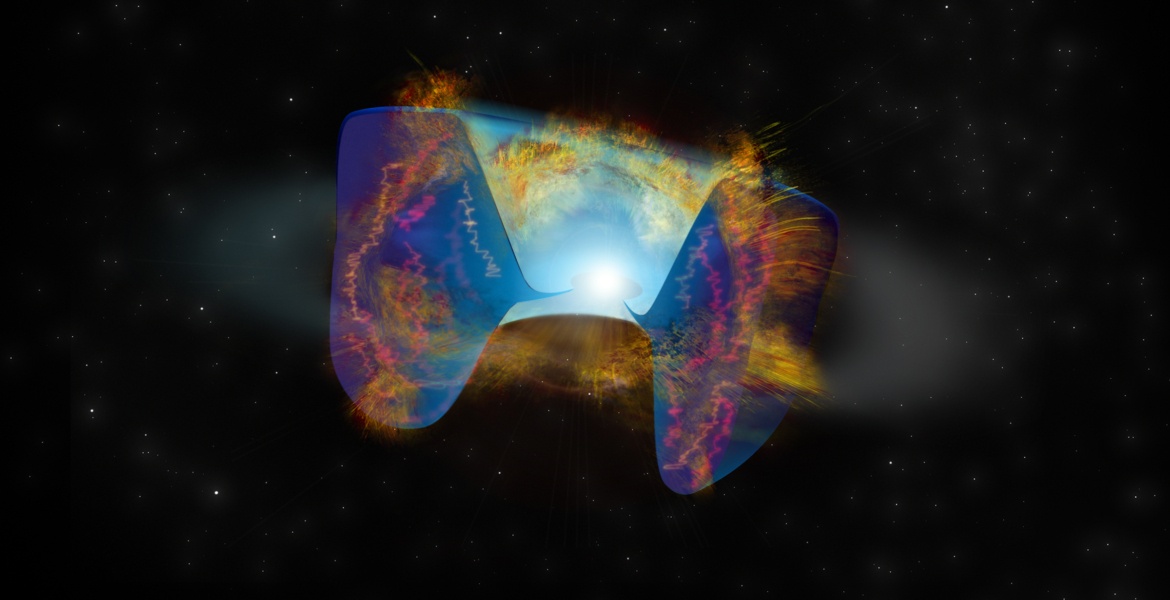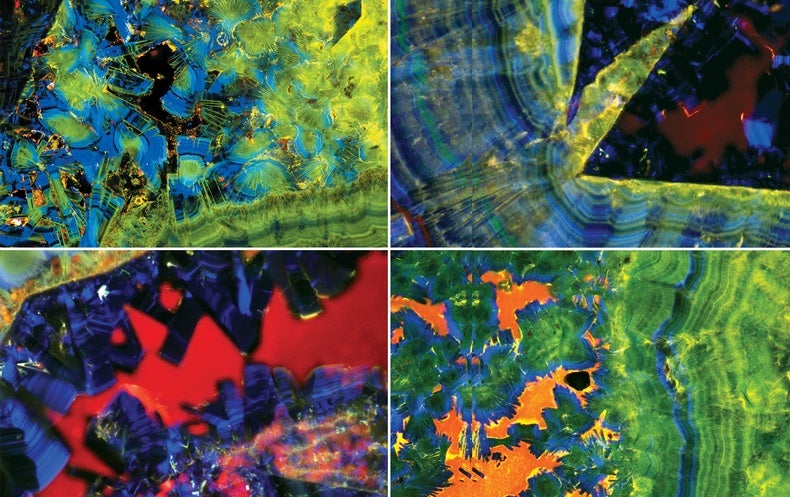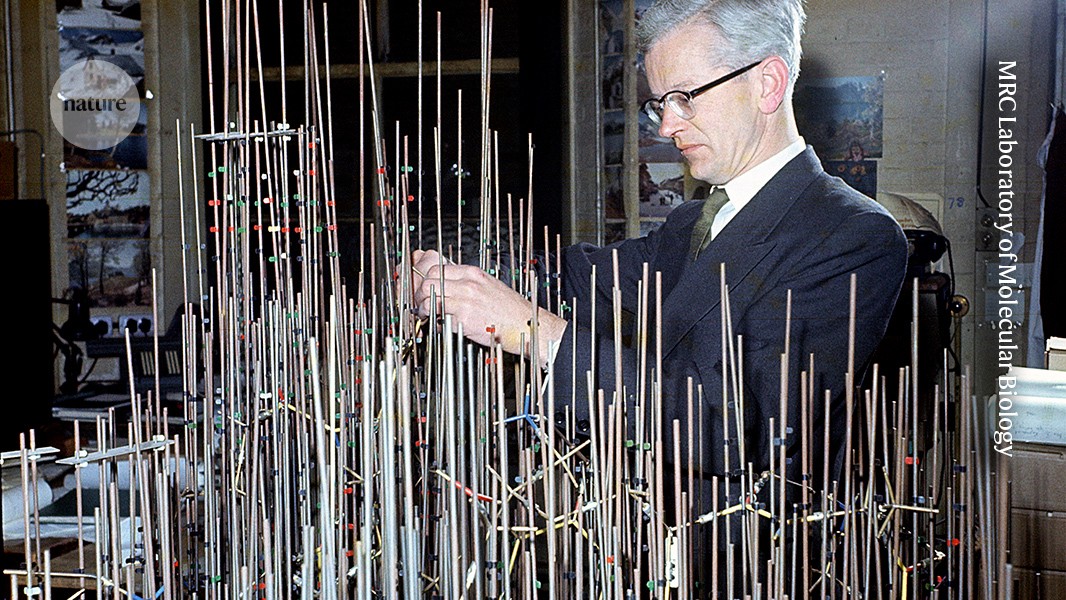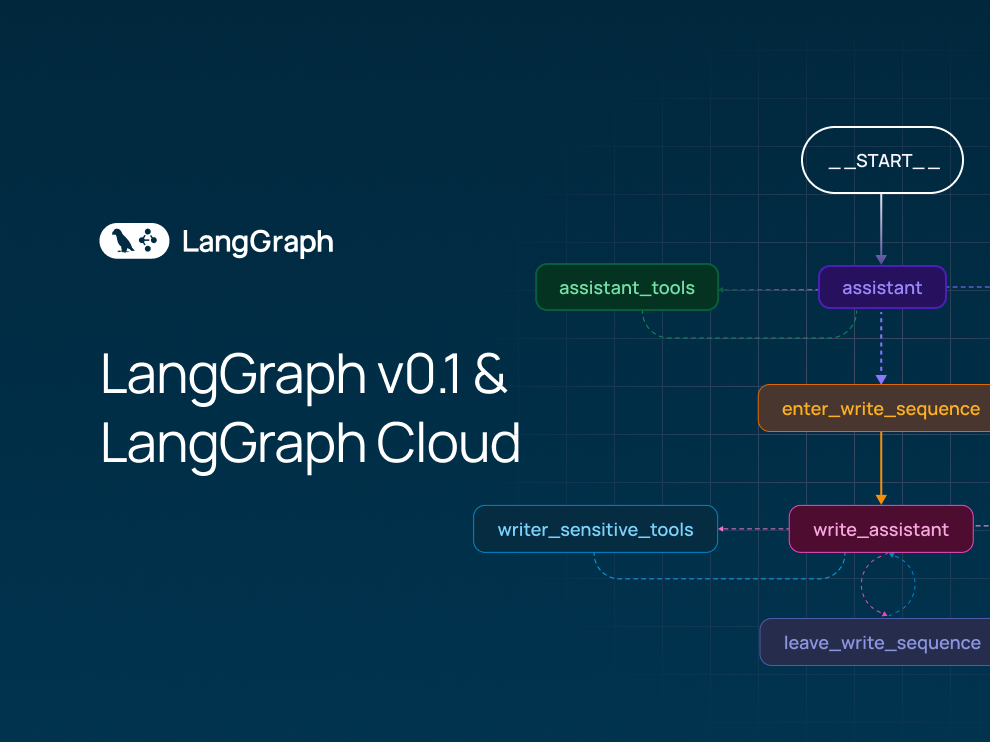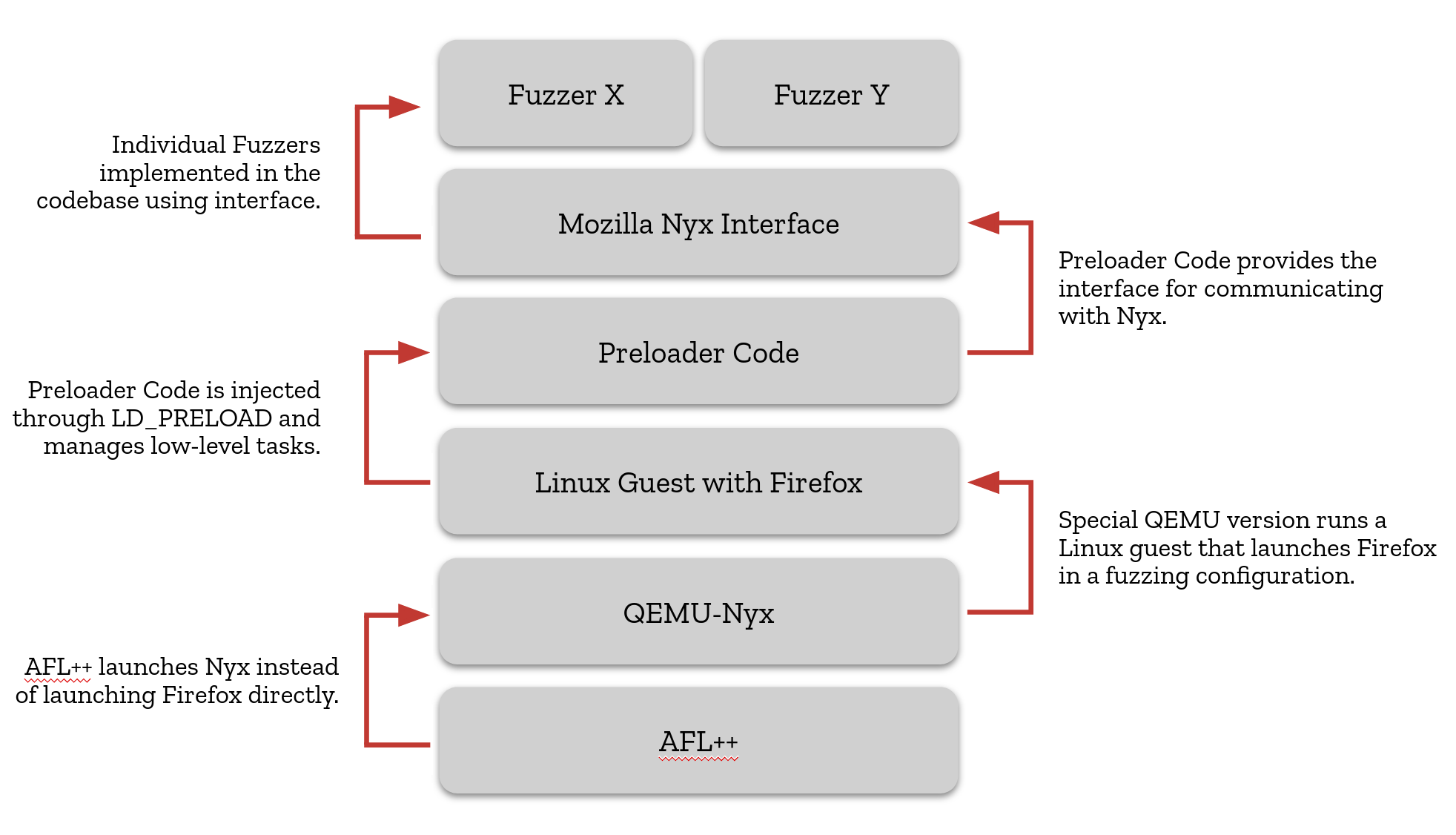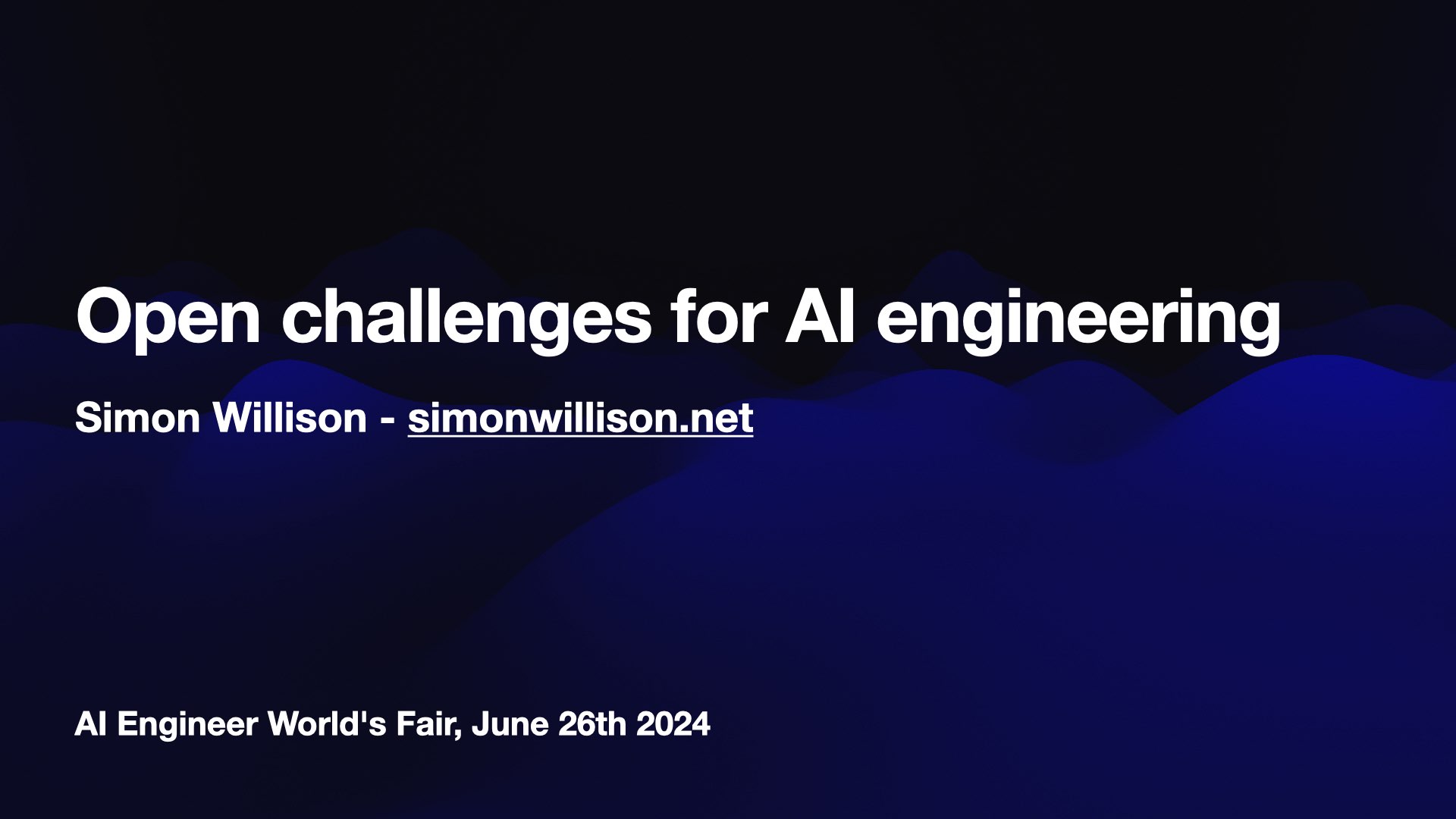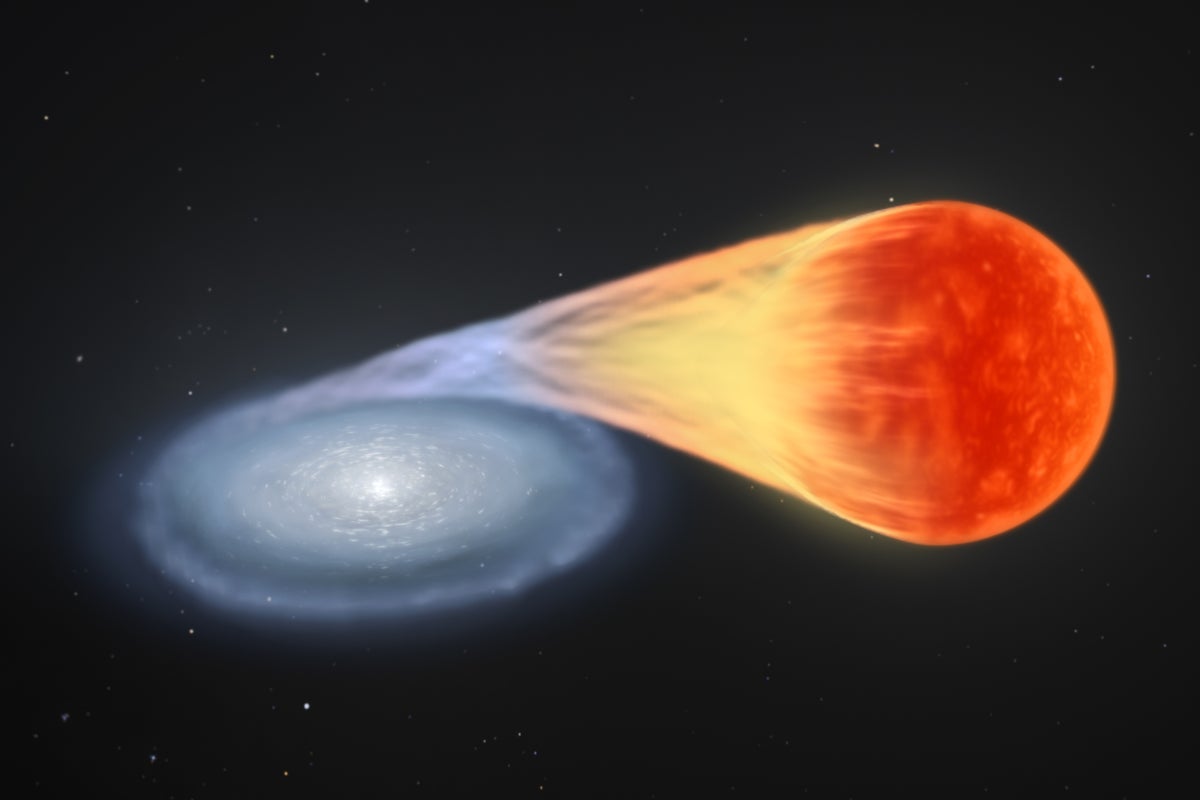
Supernova Slowdowns Confirm Einstein’s Predictions of Time Dilation
Analyzing 1,504 supernovae into the distant universe, astronomers have shown the clearest evidence yet for cosmological time dilation as predicted by Einstein
An artist’s visualization of an imminent Type 1a supernova, a cataclysmic cosmic explosion that can occur when a white dwarf star (left) detonates after siphoning a fixed amount of material from a companion star (right).
Despite more than a century of efforts to show otherwise, it seems Albert Einstein can still do no wrong. Or at least that’s the case for his special theory of relativity, which predicts that time ticks slower for objects moving at extremely high speeds. Called time dilation, this effect grows in intensity the closer to the speed of light that something travels, but it is strangely subjective: a passenger on an accelerating starship would experience time passing normally, but external observers would see the starship moving ever slower as its speed approached that of light. As counterintuitive as this effect may be, it has been checked and confirmed in the motions of everything from Earth-orbiting satellites to far-distant galaxies. Now a group of scientists have taken such tests one step further by observing more than 1,500 supernovae across the universe to reveal time dilation’s effects on a staggering cosmic scale. The researchers’ findings, once again, reach an all-too-familiar conclusion. “Einstein is right one more time,” says Geraint Lewis of the University of Sydney, a co-author of the study.
In the paper, posted earlier this month on the preprint server arXiv.org, Ryan White of the University of Queensland in Australia and his colleagues used data from the Dark Energy Survey (DES) to investigate time dilation. For the past decade, researchers involved with DES had used the Victor M. Blanco Telescope at the Cerro Tololo Inter-American Observatory in Chile to study particular exploding stars called Type 1a supernovae across billions of years of cosmic history. Using this vast dataset of supernovae, DES seeks to fine-tune our understanding of the accelerating expansion of the universe, which appears to be driven by mysterious dark energy; in January researchers used this dataset to hint that this acceleration may be changing over time.
